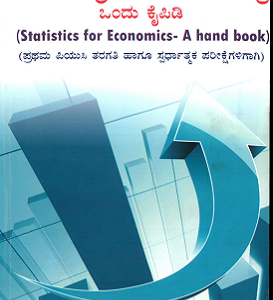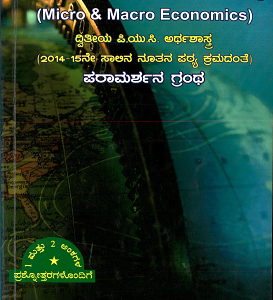९ वी गणित भाग-१ कन्नड
| Publication Language |
Kannada |
|---|---|
| License Type |
Open Access |
| Publication Type |
Textbooks |
| Publication Author |
Balbharati |
| Publisher |
Balbharati |
Kindly Register and Login to Tumakuru Digital Library. Only Registered Users can Access the Content of Tumakuru Digital Library.
Reviews (0)
Be the first to review “९ वी गणित भाग-१ कन्नड” Cancel reply
You must be logged in to post a review.

















Reviews
There are no reviews yet.